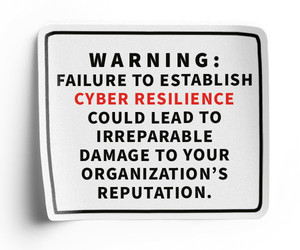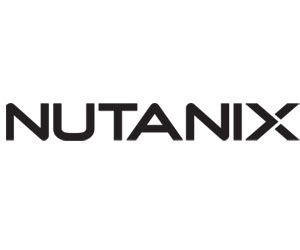Meanwhile, the advent of artificial intelligence-generated attacks and Ransomware as a Service has made cyberattacks more aggressive, increasingly sophisticated and more accessible to cybercriminals.
“Hospitals now understand that they need to detect, defend and react to threats promptly,” Mims says.
This change in strategy is crucial, driving the need for more comprehensive and immediate security measures. What’s more, the risk of cyberattacks on third-party providers such as medical device partners, hosted software providers and supply chain vendors increases the threat landscape and can be just as devastating.
Downtime’s Impact on Patient Care and Healthcare Operations
Ransomware has become the leading cause of downtime for healthcare providers, who are ideal targets because of providers’ dependence on electronic health records systems.
Mims points out that the frequency and duration of downtime from incidents has dramatically increased and is now measured in days, weeks and even months.
“The consequences of this downtime are severe,” he says. “Hospitals without access to their EHRs are essentially flying blind, lacking crucial patient information such as medical histories, allergies and drug interactions.”
This can lead to diminished patient care and even increased inpatient mortality rates during ransomware attacks.
From Mims’s perspective, establishing a culture of security within healthcare organizations is paramount. IT leaders must emphasize that security should not be viewed as an insurance policy but as an integral and required part of the business.
“The industry has made tremendous progress within this space over the years, now with a heightened awareness of the problem for many providers starting at the senior executive and board levels down through the entire organization,” Mims says.
At the hospital level, all staff members must be educated about cybersecurity practices in order to prevent breaches and respond effectively to threats. Regular training and awareness programs are essential.
EXPLORE: Follow these best practices to improve cyber resilience in healthcare.
Critical Technologies to Detect and Mitigate Threats
Mims notes that Nutanix offers a comprehensive approach by aligning with the National Institute of Standards and Technology Cybersecurity Framework, which includes five key components: identify, detect, protect, respond and recover.
“We have solutions that fall into each of these categories, and we work with partners such as CDW to implement these technologies effectively,” he says.
Nutanix’s hybrid cloud platform allows healthcare organizations to run any workload, including EHRs, anywhere — on-premises, in the cloud or in a hybrid environment.














